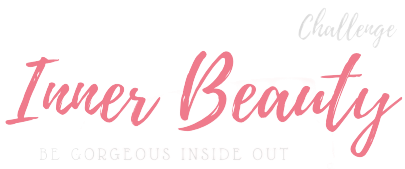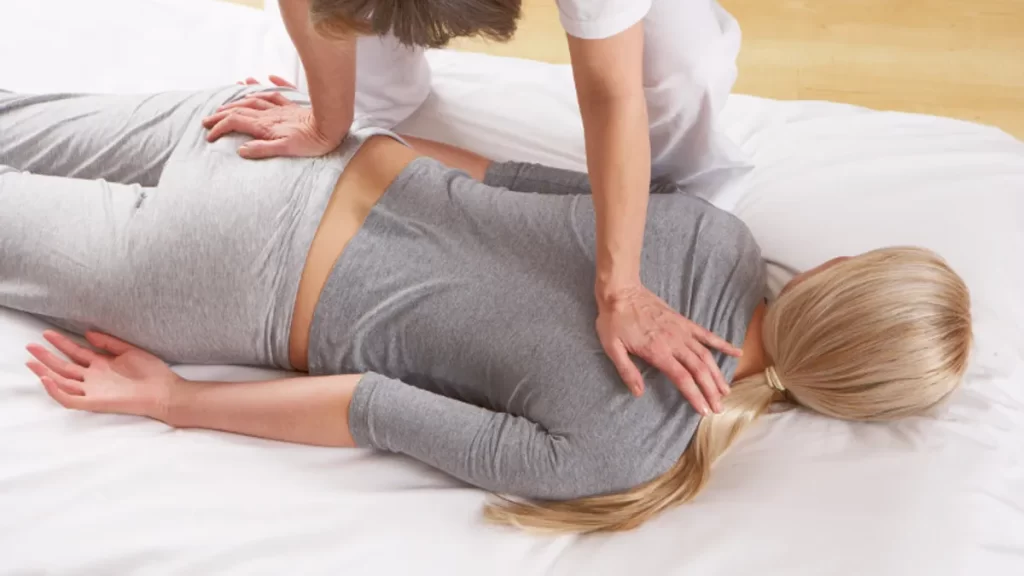Lower back pain is a prevalent issue that affects millions of people worldwide. It can significantly impact one’s quality of life, making daily activities challenging and uncomfortable. Fortunately, massage therapy has proven to be an effective approach to alleviating lower back pain, promoting relaxation, and improving overall wellbeing. This article aims to help you understand the causes of lower back pain and explore the best types of massages to address your specific needs.
Understanding Lower Back Pain
Table of Contents
Lower back pain can be caused by various factors, including muscle strain, disc issues, poor posture, and sciatica. A proper diagnosis is crucial to identify the underlying cause and determine the most effective massage approach. Consulting with a healthcare professional or a licensed massage therapist can help in making an informed decision.
Types of Massages for Lower Back Pain
-
Swedish Massage
Swedish massage is the best massage for back pain that involves long, gliding strokes, kneading, and tapping. It is designed to improve blood circulation, release muscle tension, and promote relaxation. This type of massage can help alleviate lower back pain caused by muscle strain or poor posture.
-
Deep Tissue Massage
Deep tissue massage focuses on the deeper layers of muscles and connective tissues. It involves slow, deliberate strokes and deep pressure to release chronic tension and break down adhesions. Deep tissue massage can be particularly beneficial for individuals with long-standing lower back pain, as it targets the root cause of pain and promotes healing.
-
Trigger Point Therapy
Trigger point therapy focuses on tight muscle fibers or “knots” that can cause localized pain or refer pain to other parts of the body. This type of massage involves applying sustained pressure to these points to release tension and alleviate pain. Trigger point therapy can be effective for lower back pain caused by muscle imbalances or sciatica.
-
Myofascial Release
Myofascial release is a technique that targets the connective tissue (fascia) surrounding muscles. It involves gentle, sustained pressure to release restrictions in the fascial network and improve range of motion. This type of massage can help address lower back pain caused by fascial tightness or adhesions.
-
Shiatsu Massage
Shiatsu is a Japanese massage technique that uses finger pressure to stimulate specific points on the body, promoting energy flow and balance. It can help relieve lower back pain by addressing energy imbalances and improving overall well-being.
Factors to Consider When Choosing the Best Type of Massage
Several factors should be considered when selecting the best type of massage for your lower back pain:
A. Severity of pain: The intensity and duration of your pain can help determine which massage technique is most appropriate for your needs.
B. Cause of lower back pain: Understanding the underlying cause of your pain is essential for selecting the most effective massage technique.
C. Personal preferences: Some people may prefer a gentler approach like Swedish massage, while others might benefit more from a deeper technique like deep tissue massage.
D. Therapist’s expertise and qualifications: Ensure your massage therapist has the necessary training and experience to address your specific needs and provide a safe, effective treatment.
E. Contraindications and risks: Certain medical conditions or injuries may require specific precautions or modifications. Consult with a healthcare professional before starting any massage therapy.
Complementary Therapies and Practices
In addition to massage therapy, incorporating complementary therapies and practices can help support lower back pain relief:
A. Stretching and strengthening exercises: Regular physical activity, including exercises that target the muscles supporting the lower back, can help improve strength and flexibility.
B. Yoga and Pilates: These mind-body practices focus on posture, alignment, and core strength, which can help alleviate lower back pain.
C. Heat and cold therapy: Applying heat or cold packs can provide temporary relief from lower back pain by reducing inflammation and soothing sore muscles.
D. Proper posture and ergonomics: Maintaining good posture and using ergonomic aids (e.g., lumbar support) can help prevent lower back pain in the long term.
E. Relaxation techniques: Incorporating stress-reducing techniques such as deep breathing, meditation, or progressive muscle relaxation can help manage lower back pain by addressing muscle tension.
Conclusion
Lower back pain can be a debilitating issue, but finding the right type of massage can help alleviate discomfort and improve your overall well-being. By understanding the cause of your lower back pain and considering factors like severity, personal preferences, and therapist qualifications, you can choose the most suitable massage technique for your needs.
Additionally, incorporating complementary therapies and practices, such as stretching, yoga, heat and cold therapy, and relaxation techniques, can further support your journey to pain relief and a healthier, more comfortable lifestyle. Remember to consult with a healthcare professional or licensed massage therapist to ensure the chosen approach is safe and effective for your specific condition.

